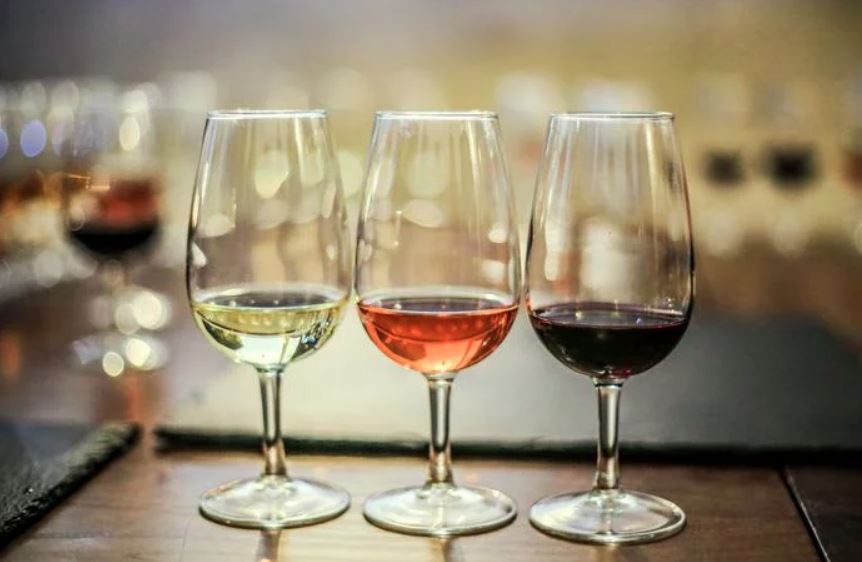
Wine Tasting 101: A Beginner’s Guide to Developing Your Palate
Are you a wine enthusiast looking to enhance your tasting skills? Or perhaps you’re a beginner who wants to start appreciating wine beyond just a casual sip? If so, then this beginner’s guide to wine tasting is perfect for you. Developing your palate is an enjoyable and rewarding journey that will allow you to fully appreciate the complexities and nuances of different wines. So, grab your favorite bottle, sit back, and let’s dive into the world of wine tasting!

1. Begin with the Basics: The 5 S’s
The first step in wine tasting is understanding the fundamentals, and the 5 S’s are a great place to start:
- a) Sight: Begin by examining the wine’s color. Observe its clarity, intensity, and hue. This will give you insights into the wine’s age and varietal.
- b) Swirl: Give your wine glass a gentle swirl, which helps release its aromas and flavors. This action increases the wine’s surface area, allowing it to interact with the air and intensify its sensory experience.
- c) Smell: Take a moment to inhale the wine’s aromas. Take note of any fruity, floral, or earthy scents. Swirling the wine again can further enhance its aromatic profile.
- d) Sip: Take a small sip and let it coat your entire palate. Pay attention to the wine’s taste and texture. Is it sweet, dry, or acidic? Is it light-bodied or full-bodied? What flavors do you notice?
- e) Savor: After swallowing the wine, note the aftertaste or finish. Does it linger on your palate, or does it dissipate quickly? Is it smooth and balanced?
2. Develop Your Vocabulary
Building a wine vocabulary is essential for effectively communicating your tasting experiences. By learning common tasting terms, you’ll be able to articulate your observations and discuss wines with confidence. Start by describing basic flavors such as citrus, berries, spices, or oak. Over time, you can expand your palate to identify more complex flavors, such as tobacco, leather, or even minerals.
3. Explore Different Varietals and Regions
Wine tasting is all about exploration! Take the opportunity to try wines from various grape varietals and regions. Each varietal brings its own unique set of flavors, aromas, and characteristics. Whether it’s a bold Cabernet Sauvignon from California or a vibrant Sauvignon Blanc from New Zealand, you’ll discover a world of diversity and discover your personal preferences along the way.
4. Practice and Compare
To develop your palate, it’s important to taste wines side by side. Create tasting flights featuring wines with similar profiles. This will allow you to compare and contrast different aspects, such as body, acidity, or sweetness. Notice how one wine differs from another and how it interacts with your palate. This comparative approach will sharpen your senses and help you identify the subtle nuances that make each wine unique.
5. Seek Knowledge and Guidance
Don’t hesitate to seek knowledge from experts or wine enthusiasts. Attend wine tastings, join wine clubs or online communities, read books, or take courses to further enhance your understanding of wine tasting. Engaging with others who share your passion will expose you to a multitude of perspectives and experiences, further enriching your journey.
Conclusion:
Embarking on a journey to develop your wine palate is an exciting and enriching experience. By incorporating the 5 S’s, building your vocabulary, exploring varietals, practicing comparative tastings, and seeking knowledge, you’ll gradually develop a refined palate that can appreciate the complexities and joys of wine. So, grab a glass, start exploring, and toast to your wine-tasting adventures!


